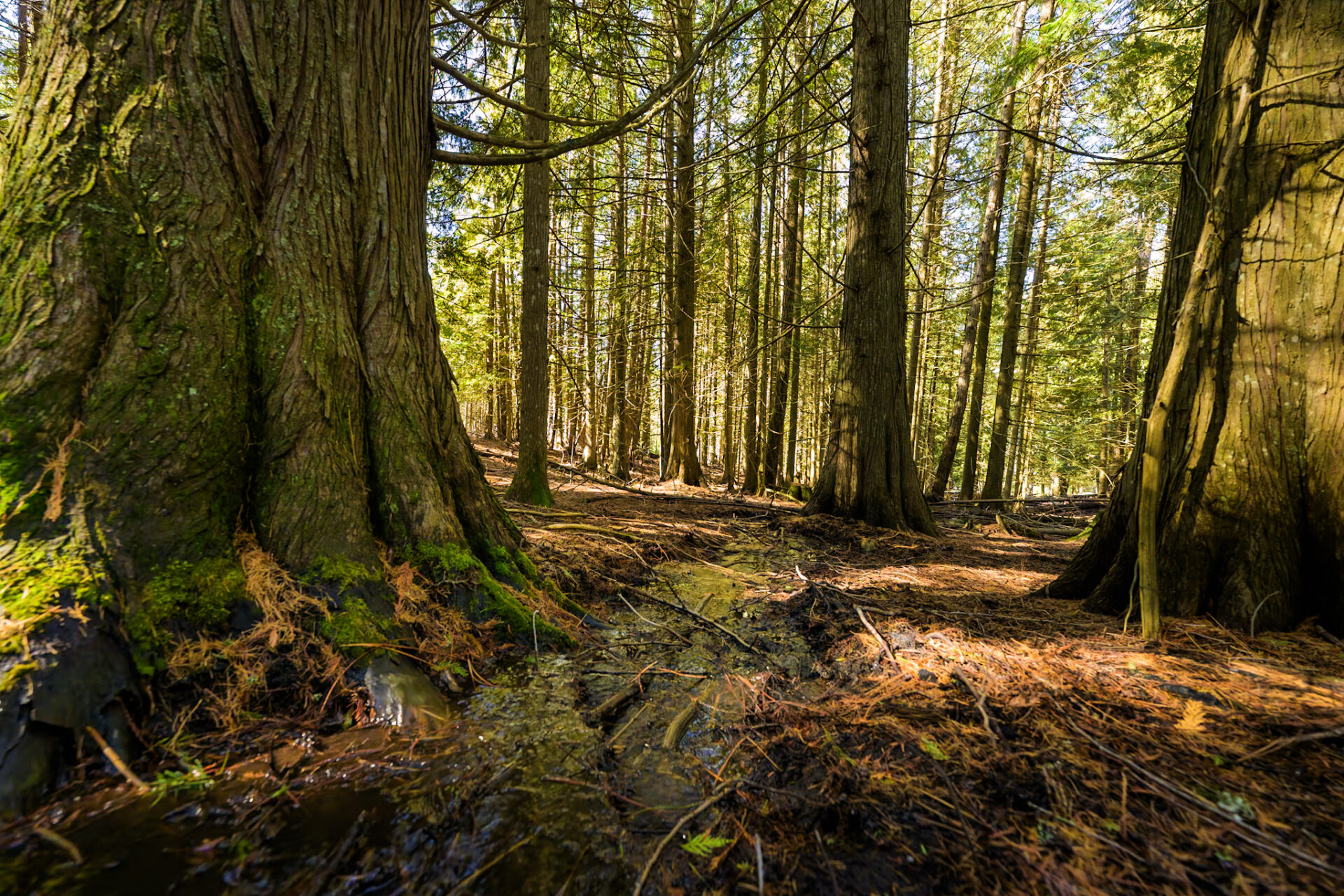Conservation Easements: Frequently Asked Questions
Photo by Lorenzo Menendez

Photo by Lorenzo Menendez
A conservation easement is a voluntary agreement between a landowner and a qualified conservation organization that restricts particular development uses of the landowner’s property in order to protect certain resources and traditional uses.
The landowner retains ownership of the property. The conservation easement only conveys certain rights (such as the right to develop or subdivide) to the designated land trust.
The landowner retains ownership in the property; the right to sell, lease, convey, or otherwise transfer the property, the right to continue existing agricultural operations and customary rural enterprises (i.e. farm, ranch, graze, hunt, fish, etc.), and the right to control public access.
No. Most conservation easements prohibit large-scale subdivision or development, mining and commercial and industrial uses that will harm a property’s conservation values or traditional uses. However, a conservation easement does not prohibit all future development. Conservation easements are intended to be flexible enough to allow for limited residential development. The details of the agreement are negotiated between the landowner and Inland Northwest Land Conservancy and will depend on the character of the land and the conservation values the easement is designed to protect.
Yes. The landowner retains full ownership of their land. The property is sold with the conservation easement attached and the new landowner will be subject to the same restrictions as the landowner who initiated the easement.
No. Inland Northwest Land Conservancy will not tell you what to do with your property. We monitor conservation easements to ensure that the landowner is complying with the mutually agreed-upon terms of the easement. We expect that landowners will be good stewards of their land as part of their own property management.
No. The term easement can be misleading. Conservation easements do not require public access. While a landowner may choose to allow public access, there is no obligation to do so. The landowner decides who is allowed on the land and when.
No. Inland Northwest Land Conservancy staff visit each property at least once a year, more often if the ownership is changing, timber harvest is planned, or other reserved rights are being exercised. The staff always gives notice and usually arranges to walk your property with you.
The organization holding the easement is required to monitor and enforce the terms of the easement. To accomplish this, a representative will visit the property at least once every year to ensure that the terms of the agreement are being upheld. This does not mean, however, that Inland Northwest Land Conservancy or any other group has the right to use the land, nor does it grant public access for any reason.
Mike Crabtree, Conservation Director
509-328-2939
mcrabtree@inlandnwland.org
Click here for a downloadable version of these questions and answers.